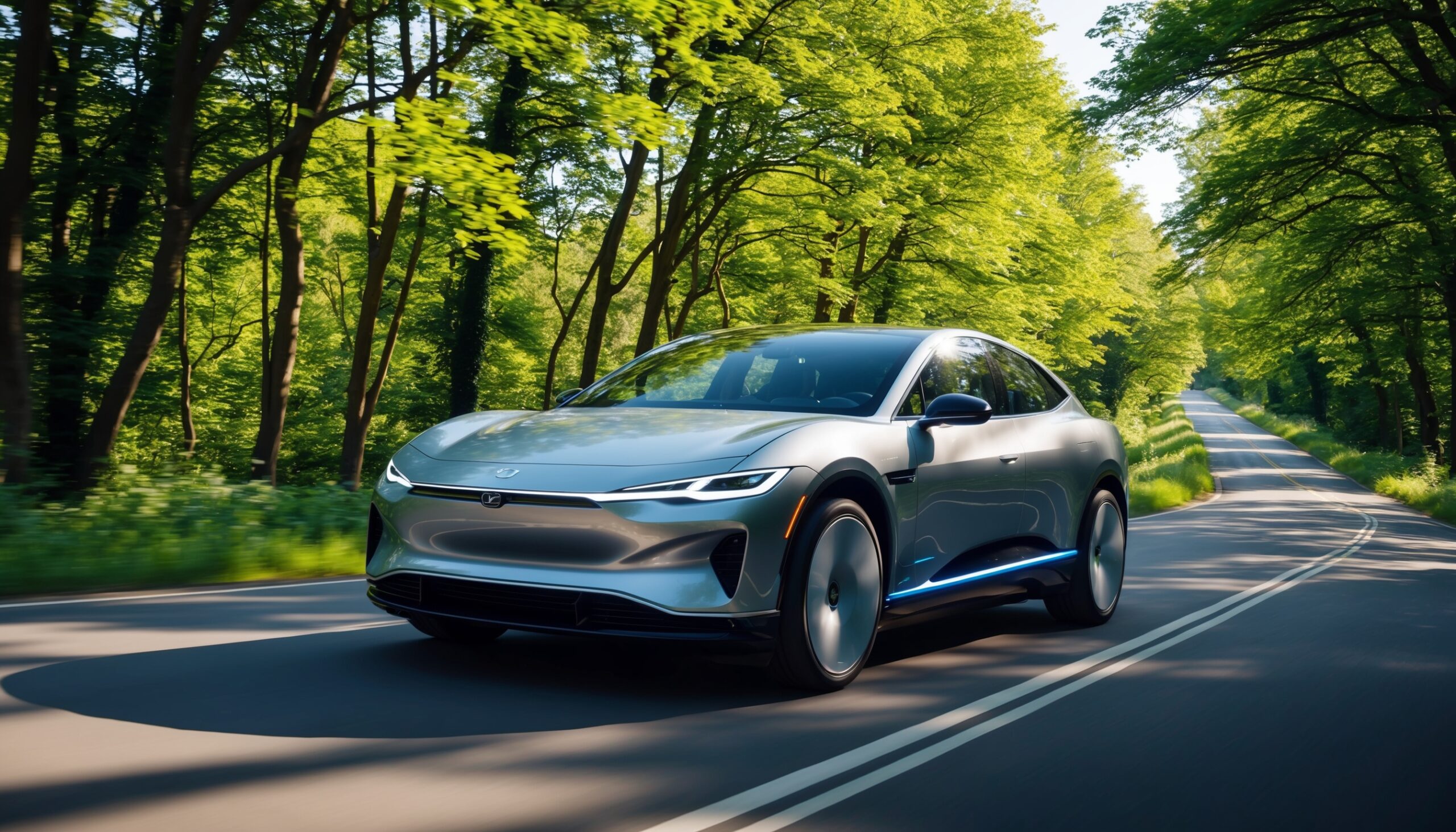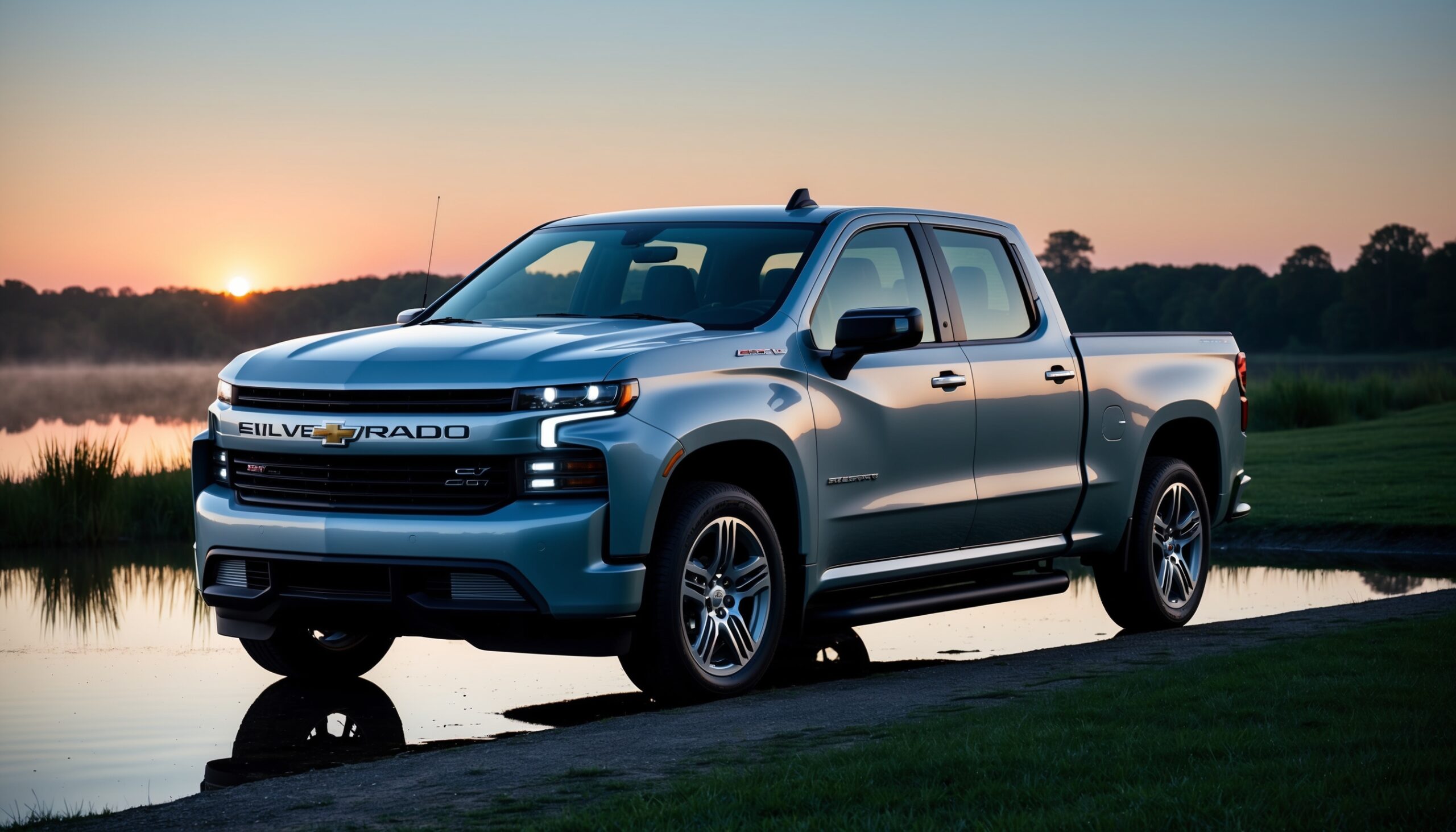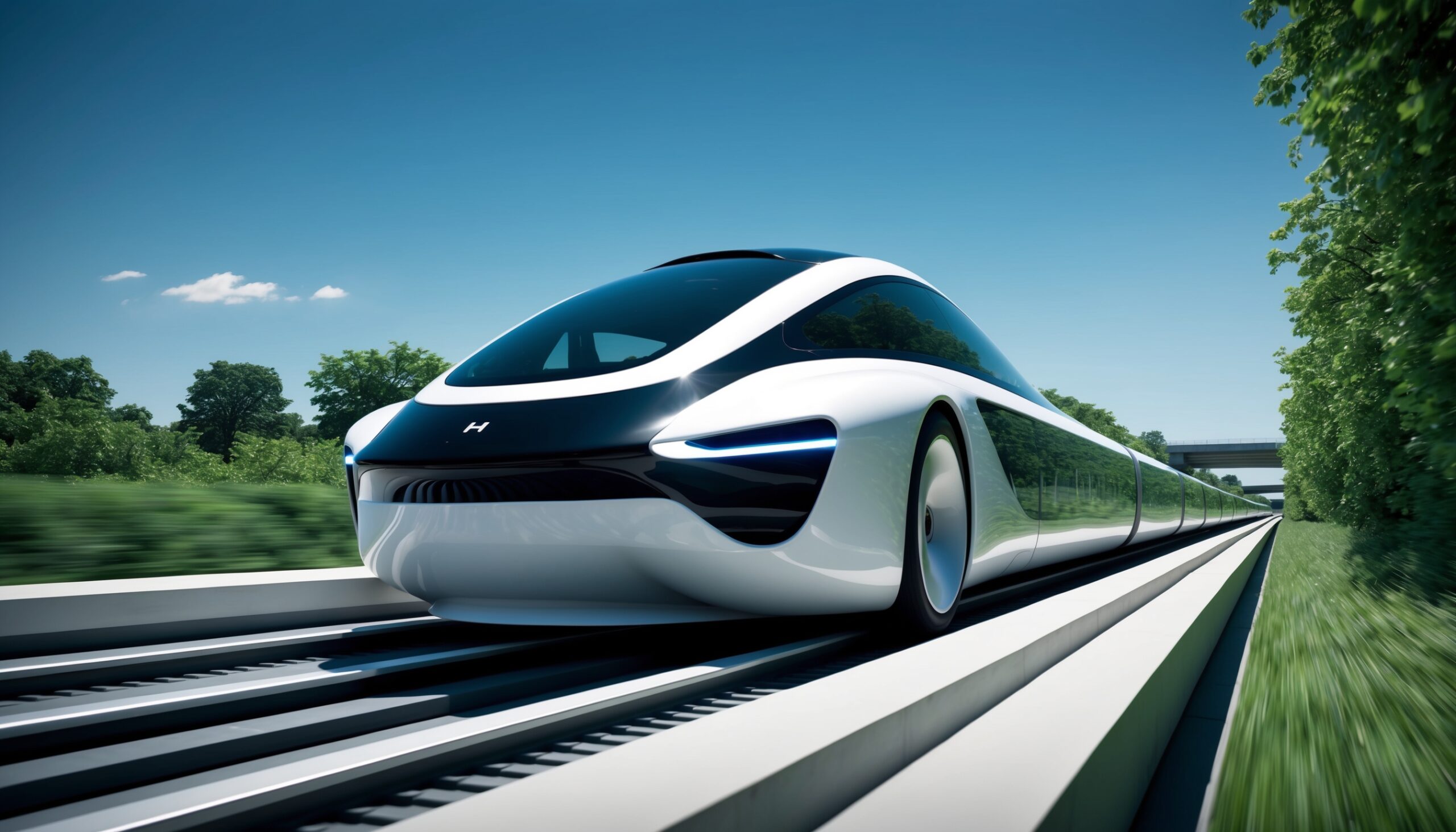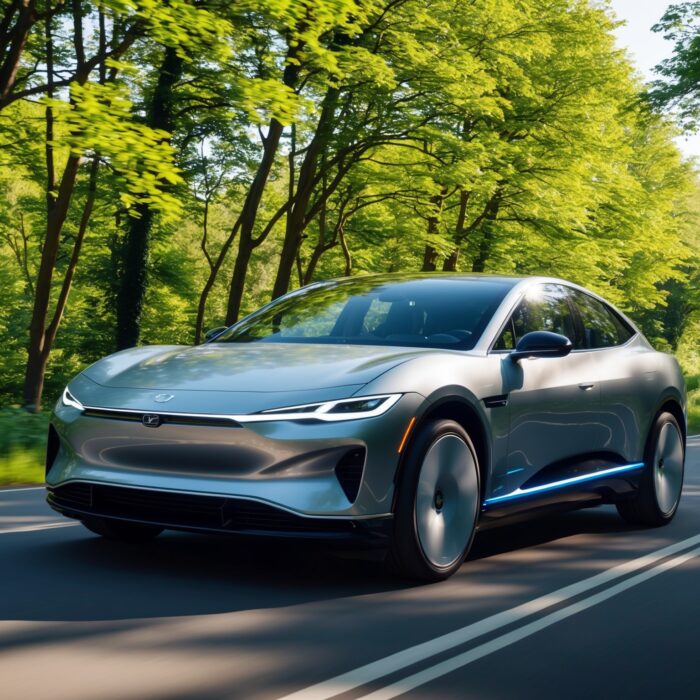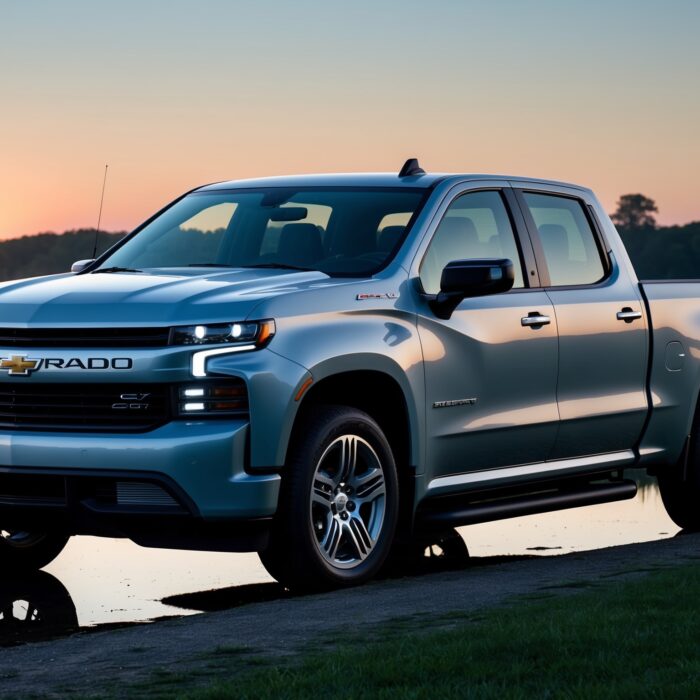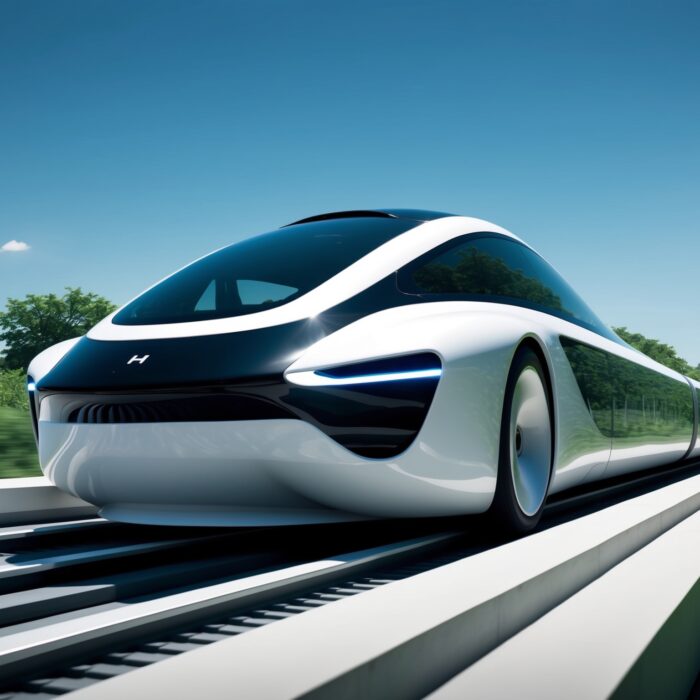Why Automotive OEMs are Partnering with Tech Giants (Google, Apple, etc.)
In the rapidly evolving automotive landscape, the synergy between traditional automotive manufacturers and technology powerhouses is becoming increasingly apparent. Companies like Google, Apple, and others are not just interested in creating apps for your smartphone; they are diving headfirst into the auto industry. This collaboration is reshaping how we think about vehicles, connectivity, and the future of driving. At Torque Feed, we’re here to break down why automotive OEMs are forging these critical partnerships and what it means for car enthusiasts and everyday drivers alike.
Also Read: Dynamic Roadway Charging: The Future of "Refueling" While Driving
The Shift Towards Connectivity
Let’s face it: today’s drivers want more than just wheels and an engine. They’re looking for a fully connected experience. With smartphones being an integral part of our daily lives, the demand for seamless integration in vehicles has surged. OEMs are recognizing that to stay relevant, they must enhance the in-car experience.
Enhancing User Experience
Technology giants excel in creating user-centric products. By collaborating with companies like Apple and Google, automotive manufacturers can leverage their expertise in user interfaces and software development. Think about Apple CarPlay and Android Auto—they allow you to connect your phone seamlessly to your car, providing access to apps, navigation, and music.
- Intuitive Interfaces: Tech companies bring a level of simplicity and intuitiveness that many automotive interfaces lack.
- Regular Updates: Car software can now receive updates just like your smartphone, enhancing functionality over time.
- Customization: Drivers can tailor their experience, from navigation preferences to entertainment options.
Data-Driven Decisions
Another compelling reason for this partnership is data. Tech giants have mastered the art of data analytics, and when combined with automotive data, it can lead to significant improvements in vehicle performance and safety.
- Predictive Maintenance: By analyzing driving patterns and vehicle data, manufacturers can predict potential issues before they become serious.
- Personalized Features: Data allows for customization of features to suit individual driver preferences, enhancing satisfaction.
- Safety Enhancements: Data from tech partners can lead to better safety systems, such as collision avoidance technologies.
The Rise of Autonomous Driving
One of the most exciting areas of development in the automotive sector is autonomous driving. This innovation is heavily reliant on sophisticated technology and artificial intelligence—fields where tech giants excel.
AI and Machine Learning
The incorporation of AI into vehicles is revolutionizing the driving experience. Automotive OEMs are harnessing the capabilities of tech companies to develop systems that can learn and adapt to driving conditions.
- Enhanced Navigation: AI can analyze traffic patterns in real-time, allowing for dynamic route adjustments.
- Improved Safety: Advanced driver-assistance systems (ADAS) utilize AI to enhance safety features, such as automatic braking and lane-keeping assistance.
- Learning Driver Behavior: Over time, AI can learn an individual driver’s habits and preferences, making for a more personalized experience.
Collaborative Ventures
Many automotive OEMs are entering joint ventures with tech companies to pool resources and expertise. This collaboration often leads to the development of new technologies that neither could achieve alone.
- Partnership Examples: Companies like Ford and Google have teamed up to utilize cloud computing and AI for better vehicle performance.
- Shared Resources: Joint ventures allow for shared investment in research and development, reducing financial risk.
Electrification and Sustainability
As the world shifts towards sustainability, electric vehicles (EVs) are becoming increasingly important. Tech giants are playing a crucial role in this transition, making them invaluable partners for automotive OEMs.
Battery Technology
Developing efficient battery technology is one of the biggest challenges in the EV space. Tech companies have extensive experience in battery management systems and energy efficiency. By partnering with these experts, automotive manufacturers can accelerate their EV development.
Also Read: Retrofitting Older EVs with New Battery Technology: Feasibility and Cost
- Longer Range: Advanced battery technology leads to longer ranges, making EVs more appealing to consumers.
- Faster Charging: Collaborations can result in innovations that reduce charging times, further enhancing the user experience.
Smart Energy Management
Tech giants can also contribute to smarter energy management solutions for EVs, optimizing how energy is consumed and stored.
- Integration with Smart Grids: EVs can be integrated into smart grids, allowing for more efficient energy distribution.
- Home Charging Solutions: Companies like Tesla have already pioneered at-home charging solutions that make owning an EV more convenient.
The Impact on Vehicle Design
Collaboration with tech companies is not just about software; it’s also transforming vehicle design. As vehicles become more connected and automated, the design process itself is evolving.
Futuristic Interiors
With more focus on in-car technology, the interior layout of vehicles is changing dramatically. Think about the minimalist designs seen in electric cars that prioritize digital displays over traditional buttons.
- Digital Cockpits: The rise of touchscreen technology means traditional dashboards are being replaced with sleek digital alternatives.
- Flexible Interiors: As vehicles become more autonomous, the need for traditional driver controls may diminish, leading to customizable interiors.
Aesthetic and Functional Design
Tech partnerships are leading to vehicles that are not only functional but also aesthetically pleasing. Materials and design approaches are being influenced by the tech world, resulting in innovative and appealing finishes.
- Smart Materials: Use of lightweight and durable materials enhances efficiency without compromising style.
- Ergonomic Design: Improved usability and comfort are central to modern automotive design.
The Consumer Perspective
As car enthusiasts, it’s essential to consider how these partnerships affect us, the consumers. The ongoing collaboration between OEMs and tech giants creates a more enriching automotive experience.
Access to Cutting-Edge Technology
When tech giants and automotive OEMs join forces, consumers often gain access to the latest technology much faster than ever before.
- Frequent Updates: With software updates, vehicles can receive new features and improvements without needing to visit a dealership.
- Innovative Features: Expect features like voice-activated controls, enhanced navigation systems, and integrated apps to become standard.
Increased Competition
With tech companies entering the automotive space, competition is heating up. This can lead to better products at more competitive prices, benefiting consumers.
- Variety of Choices: Increased competition means more options for consumers, from traditional cars to high-tech electric vehicles.
- Focus on Quality: OEMs will need to ensure their offerings are high quality to compete with the tech-savvy newcomers.
Challenges and Considerations
While the benefits of partnerships between automotive OEMs and tech giants are clear, there are also challenges to consider.
Data Privacy Concerns
As cars become more connected, the issue of data privacy emerges. How is your data being used? Who has access to it? These are important questions that consumers need answers to.
- Transparency: Companies must be transparent about data usage to build consumer trust.
- Security Measures: Robust security protocols are necessary to protect sensitive information.
Integration of Legacy Systems
Many automotive manufacturers have legacy systems that are not easily compatible with modern technology. Integrating these systems can be a daunting task.
- High Costs: Significant investment may be required to modernize infrastructure.
- Time-Consuming: The integration process can be lengthy, delaying the benefits of partnerships.
The Road Ahead
The collaboration between automotive OEMs and tech giants is reshaping the future of transportation. As we look ahead, it’s exciting to consider the possibilities. Vehicles will continue to evolve, becoming more connected, efficient, and enjoyable to drive.
At Torque Feed, we believe these partnerships are just the beginning of a new era in automotive innovation. As car enthusiasts, we have a front-row seat to witness this transformation. The future is bright, and we can’t wait to see what’s next!




